The NLP is a branch of artificial intelligence that uses natural language to handle the interaction between people and machines. NLP’s ultimate goal is to learn, translate, understand, and make sense of the human languages in a meaningful manner. Most of the NLP techniques are based on learning machines to extract meaning from human languages.
A typical interaction between humans and machines using Natural Language Processing may be as follows: human speaking to the computer, the machine records the audio, audio to text conversion takes place, text data processing takes place, audio conversion data takes place and the machine responds to the human being by playing the audio file. Here we have a list to help you start your career in the field in an organized way.
1 Natural Language Processing
In this course covers a wide variety of natural language processing tasks, starting from basic to advanced: emotion analysis, description, and state-tracking conversation. Upon completion, in your day-to-day job, you will be able to identify NLP jobs, recommend solutions, and determine what strategies are likely to work well. The final project is devoted to one of the hottest topics in today’s NLP. You must create your chatbots to help search the StackOverflow website. The project will be focused on realistic course assignments that will give you practical experience with tasks such as text classification, named entity identification, and duplicate detection.
Click here to go to the course.
2 Natural Language Processing in TensorFlow
If you are a developer of software, you must understand how to use tools to create scalable AI-driven algorithms. This degree will teach you the best practices to use TensorFlow, a common open-source learning system.
Click here to go to the course.
3 Applied Text Mining in Python
This curriculum introduces students to the fundamentals of text mining and document handling. The course starts with an understanding of how text is treated by python, the mechanism and humans structure of the text, and an overview of the text manipulation process. It focuses on the growing needs of exploitation, including standard expressions and the purification of text. And also will apply basic natural language processing methods to text, and demonstrate how text classification is accomplished. Finally, consider more sophisticated approaches for the identification and grouping of the topics in documents.
[adinserter block=”2″]
Click here to go to the course.
4 Clinical Natural Language Processing
This course teaches you the principles of natural language processing (NLP) in clinical practice. Throughout this course, you will learn the basic language principles of the NLP and how to regularly write expressions and handle text data throughout R. You can also learn realistic text processing techniques so you can extract information from clinical notes. Eventually, with a real-world realistic application, you will be able to put your skills to the test as you create text processing algorithms to recognize diabetic complications from clinical notes. You must complete this work using a free, online data science computing platform powered by Google Cloud, our industry partner.
Click here to go to the course.
5 Deep Learning for Natural Language Processing
This is a radical course on the development of natural languages. A central component of Artificial General Intelligence is the automated processing of natural language inputs and generating language outputs. Recently, neural-based computational techniques have achieved a series of remarkable achievements in the processing of natural language leading to a great deal of commercial and academic interest in the field
Click here to go to the course.
6 Building AI Powered Chatbots without Programming
This course will teach you how to create useful chatbots without writing any code. Using the natural language processing capabilities of IBM Watson, you’ll learn how to schedule, execute, check, and deploy chatbots that will delight your users, rather than frustrate them. In our industry, chatbots are a hot topic and are about to get high. Every day new jobs are introduced that require this particular ability, consultants demand premium rates, and the interest in chatbots is rapidly exploding.
[adinserter block=”2″]
Click here to go to the course.
7 Text Mining and Analytics
This course will cover the main techniques for mining and analyzing text data to uncover interesting patterns, extract valuable information and help decision-making, with a focus on statistical methods that can typically be applied to arbitrary text data in any natural language with no or minimal human effort. Detailed analysis of text data involves understanding the natural language text, which is considered to be a computer difficult task. However, a variety of statistical methods for the “shallow” yet reliable study of text data for pattern detection and information exploration have been shown to work well. The basic concepts, principles, and main algorithms in text mining and their future implementations will be learned.
Click here to go to the course.
8 Text Retrieval and Search Engine
The course will concentrate on search engine technology, which, for two reasons, plays an important role in any data mining program that involves text data. First, while raw data may be large for any specific problem, it is also a fairly small subset of relevant data, and a search engine is a key tool for quickly finding a small subset of relevant text data in a large selection of text. Second, search engines are required to help analysts understand any patterns detected in the data by allowing them to analyze the relevant original text data to make any pattern identified meaningfully. Throughout search engine retrieval, which is the underlying science, you’ll learn the fundamental concepts, values, and key techniques.
Click here to go to the course.
9 Natural Language Processing
Starting with simple pre-processing, spelling correction, language modeling, speech-based marking, constituency and dependency sorting, lexical semantics, distributional semantics, and topic models. The course starts with textual principles. Lastly, the course also discusses some of the most important applications of text mining such as entity linking, relationship extraction, text description, text classification, sentiment analysis, and opinion mining.
Click here to go to the course.
10 Machine Learning And Natural Language Processing
These courses explore the interplay between machines and human language. This course includes AWS resources, such as automated speech recognition, language translation of the language, and insights into a language in the text, as well as natural language processing.
Click here to go to the course.
Recomand Post:
Complete Numpy Tutorial from Scratch
Courses to Start Career in Machine Learning
Linear Algebra Resource for Machine Learning

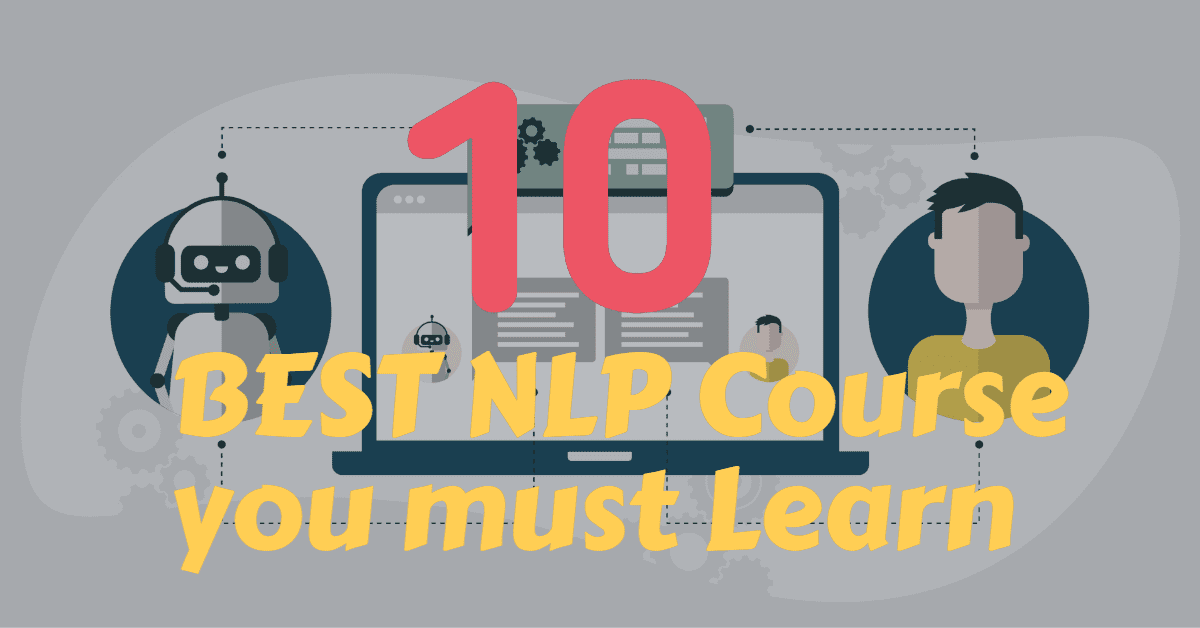
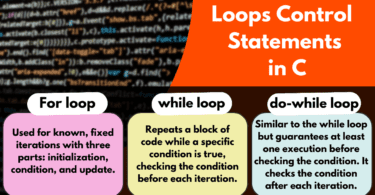
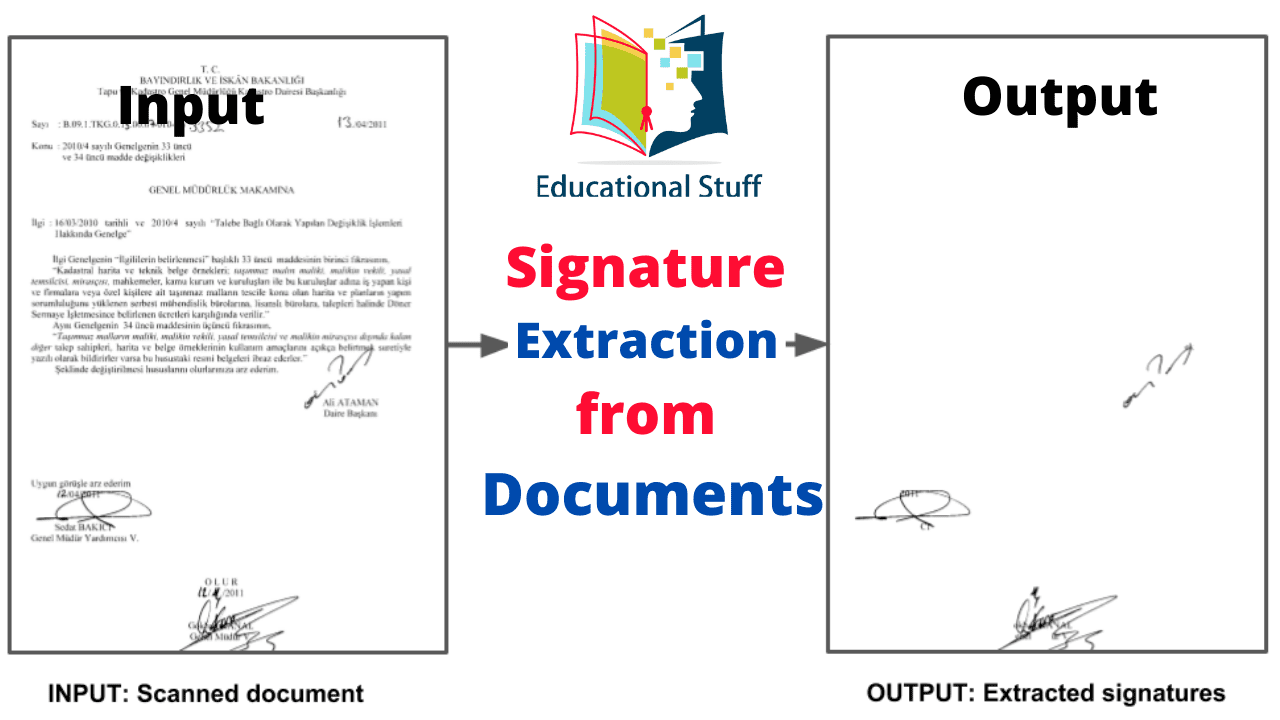
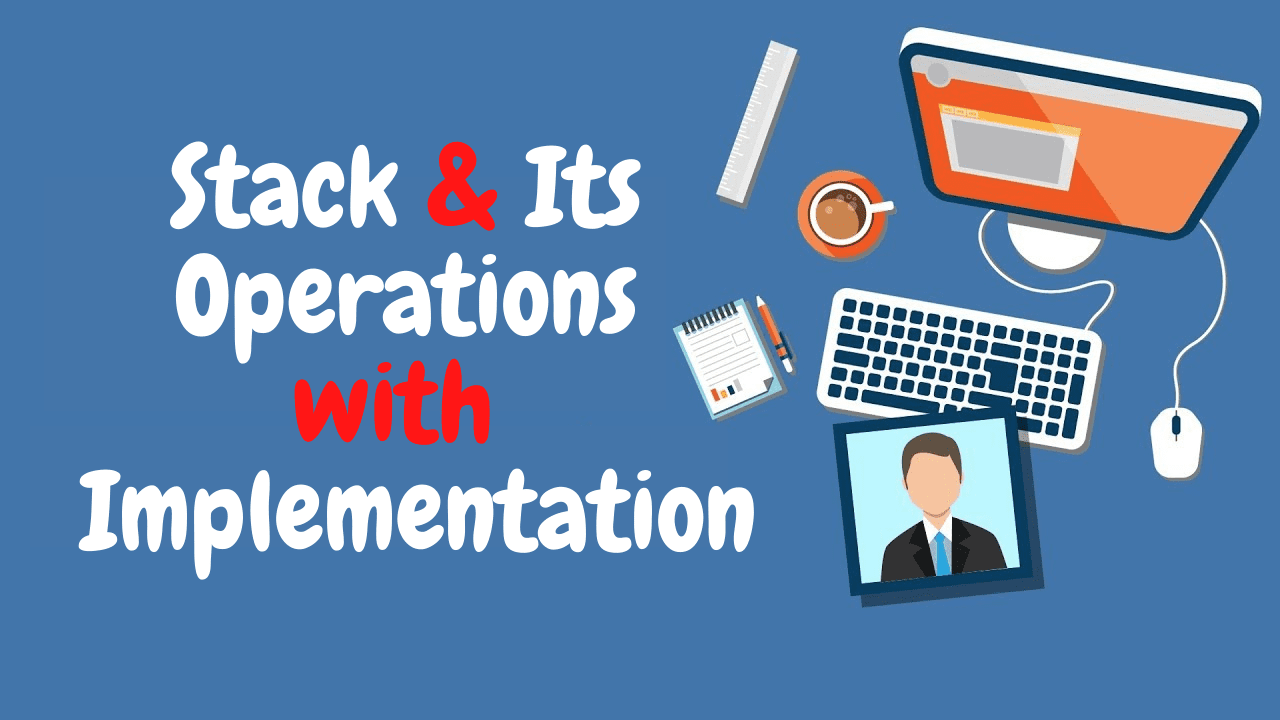

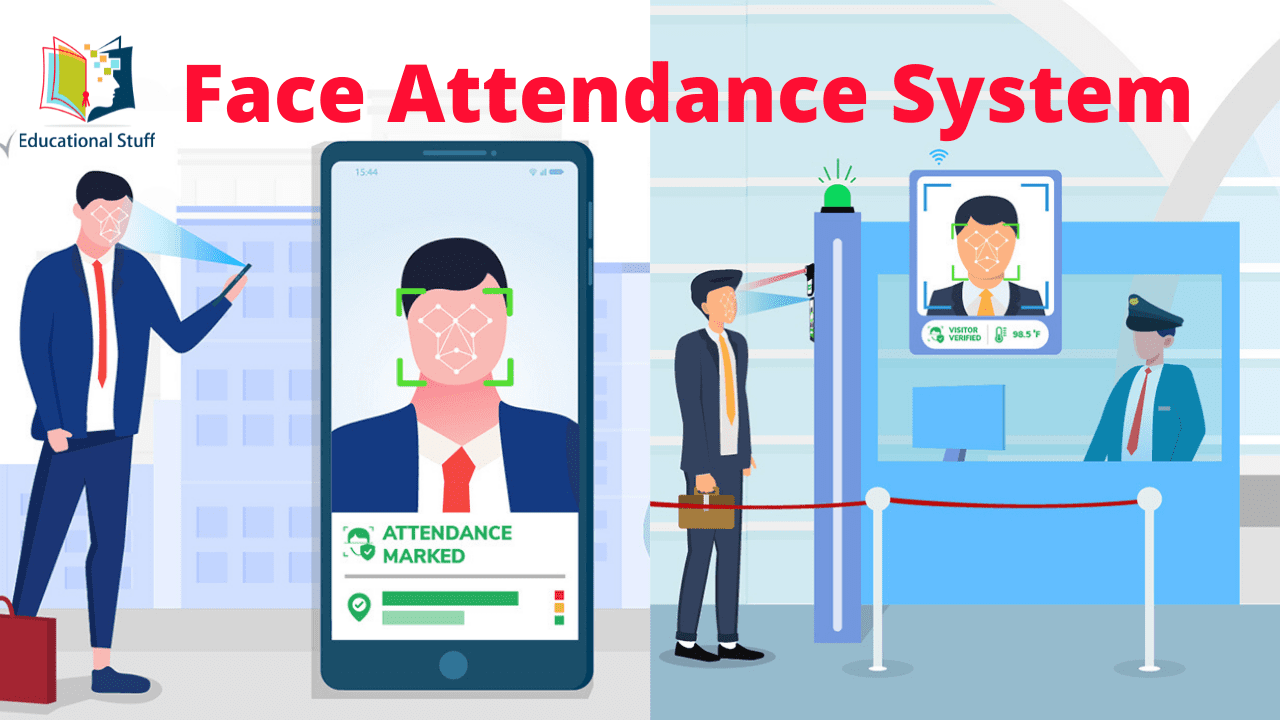
Leave a Comment